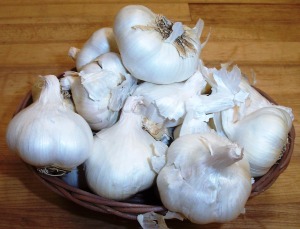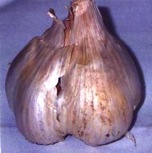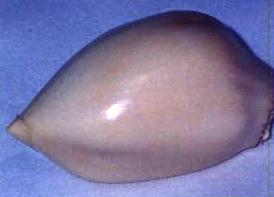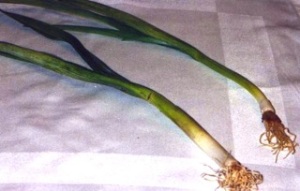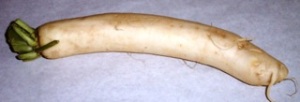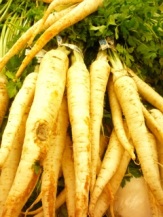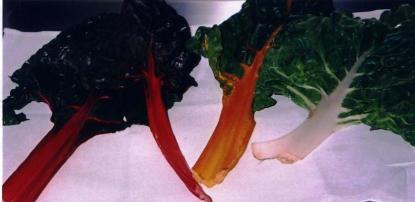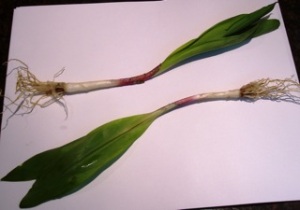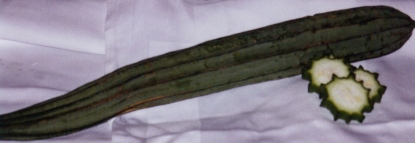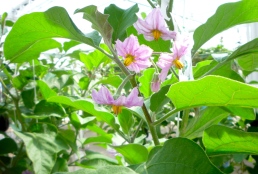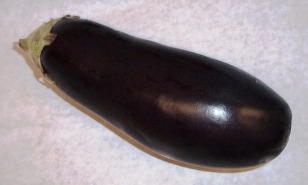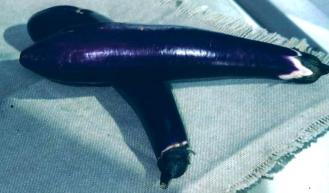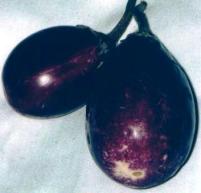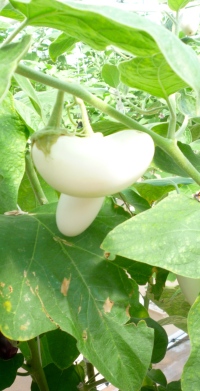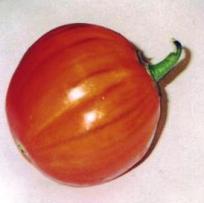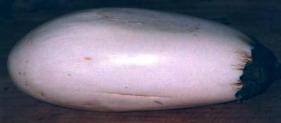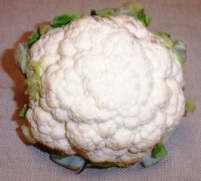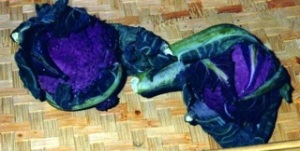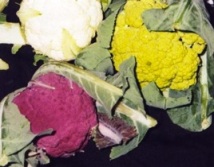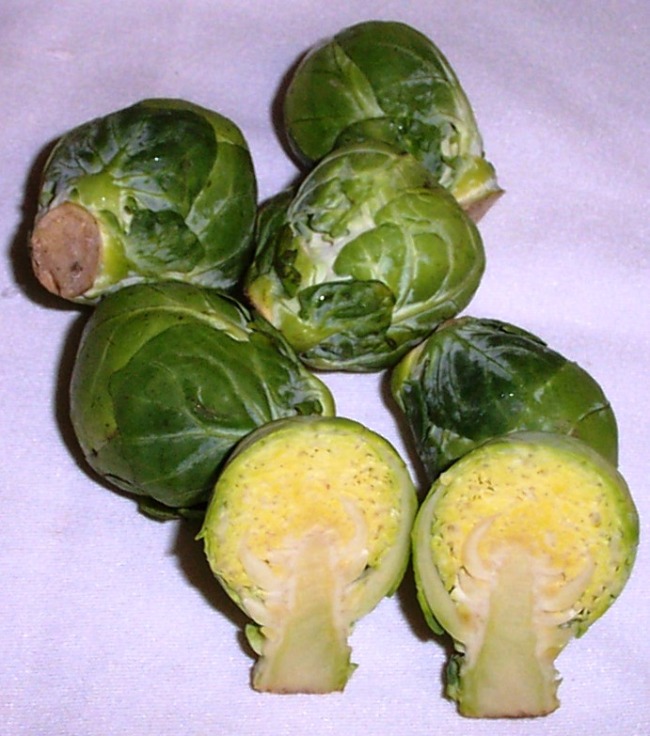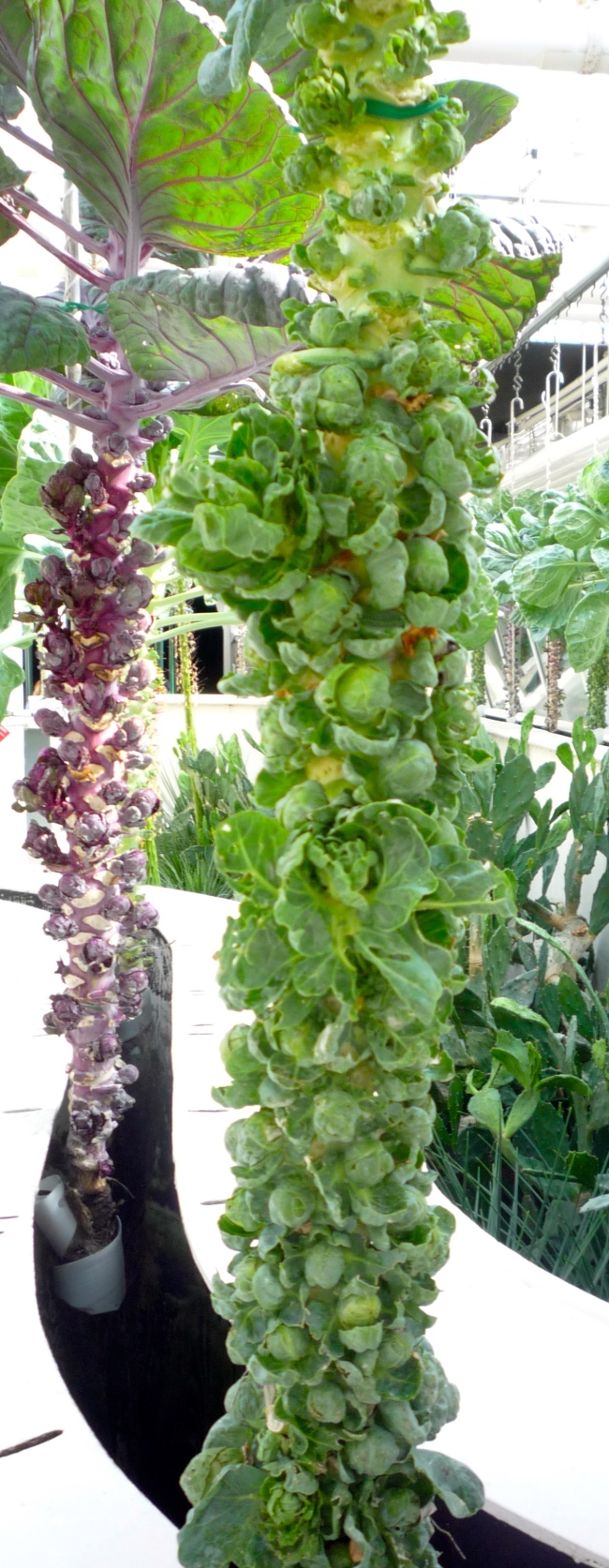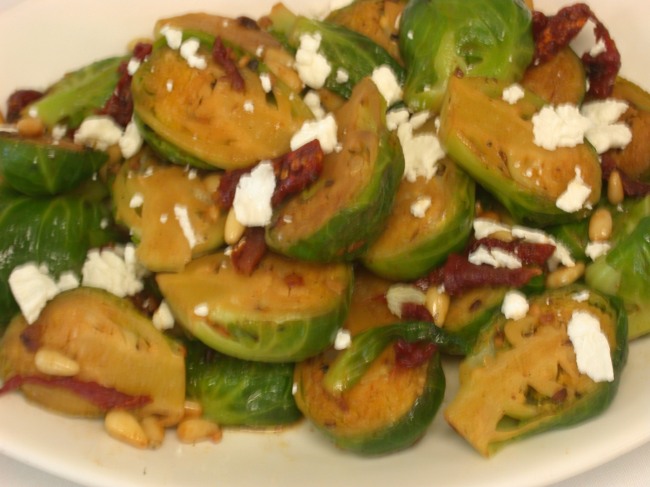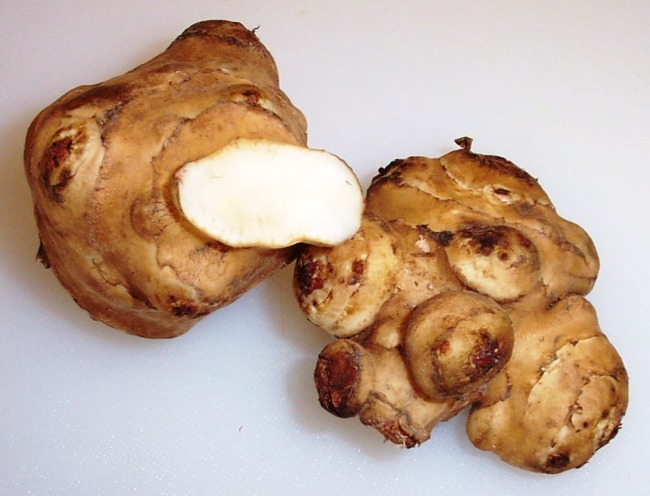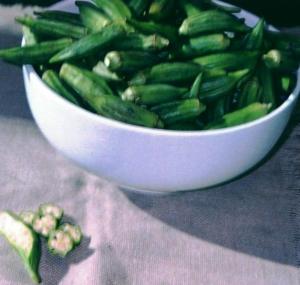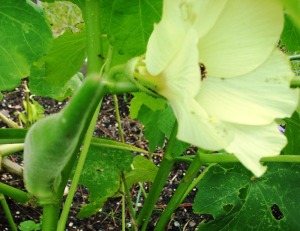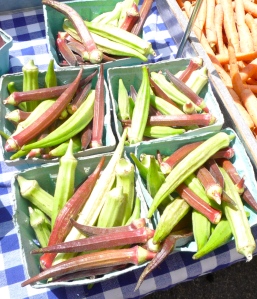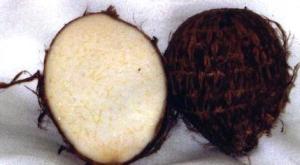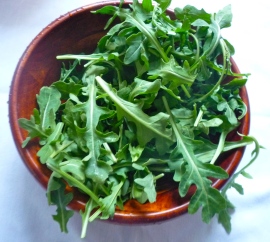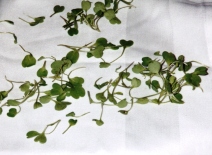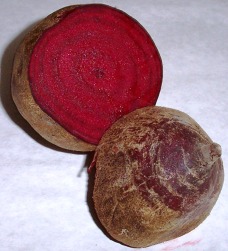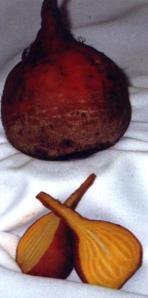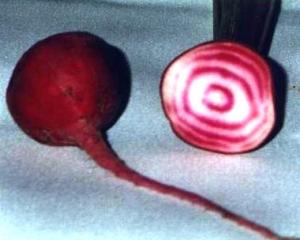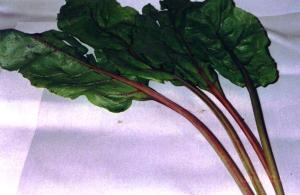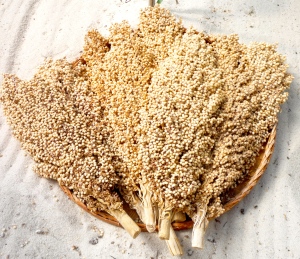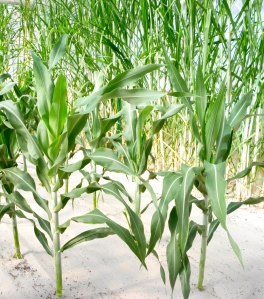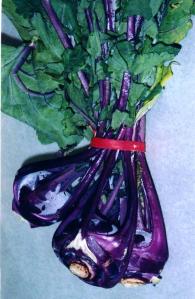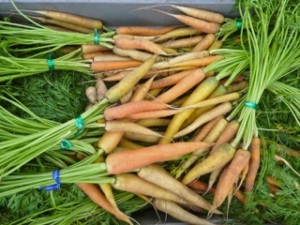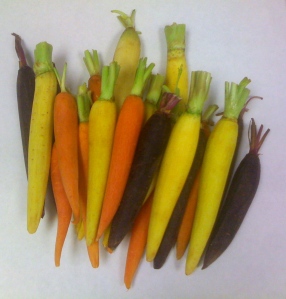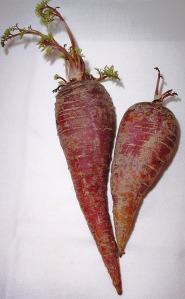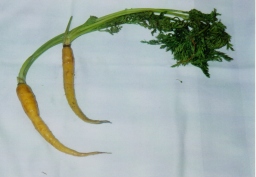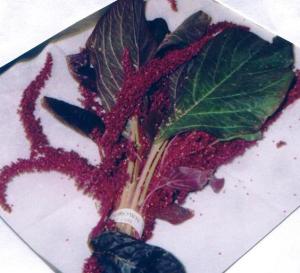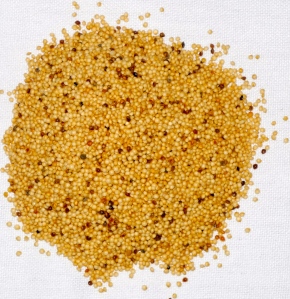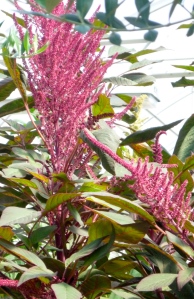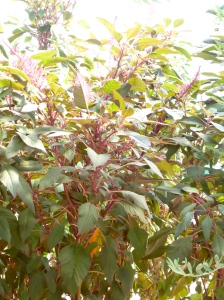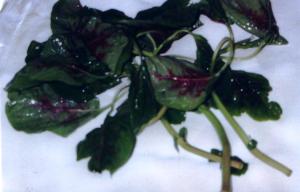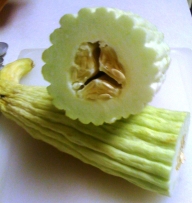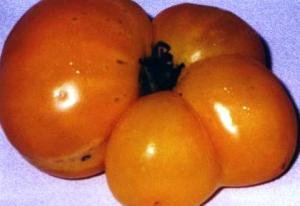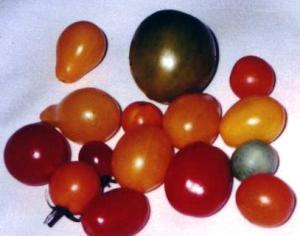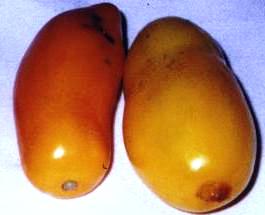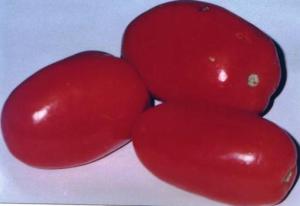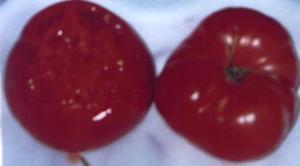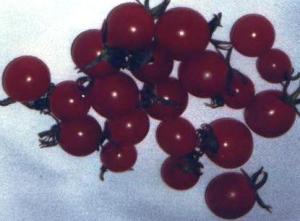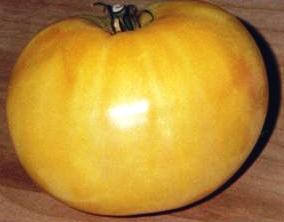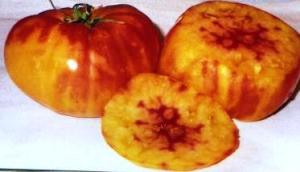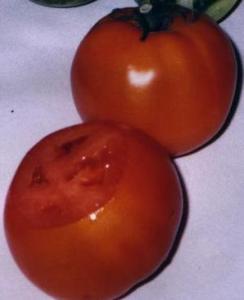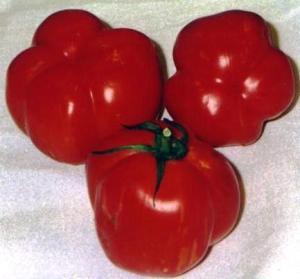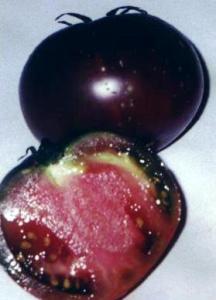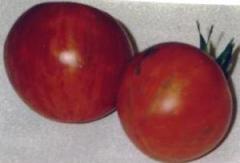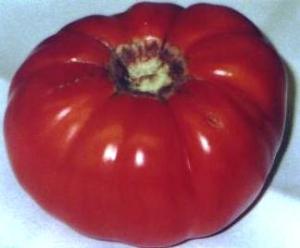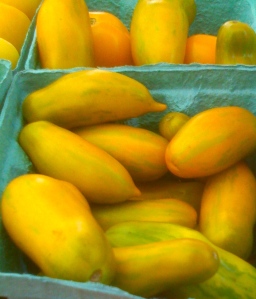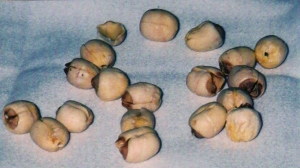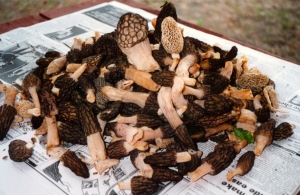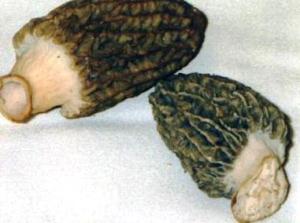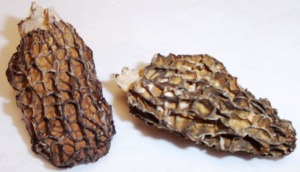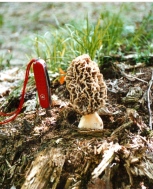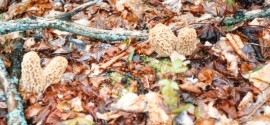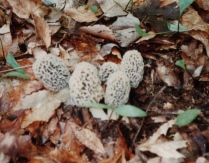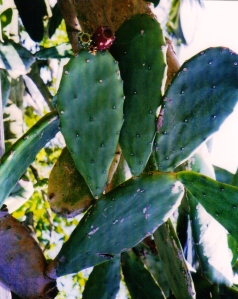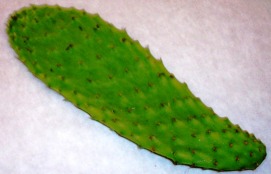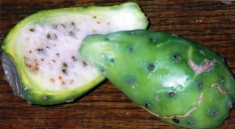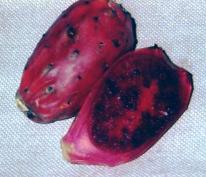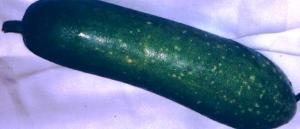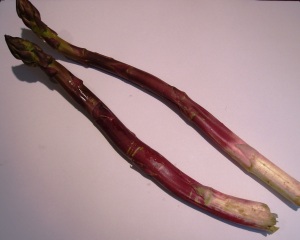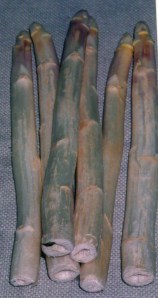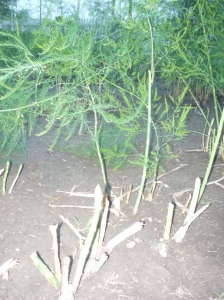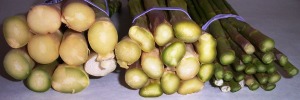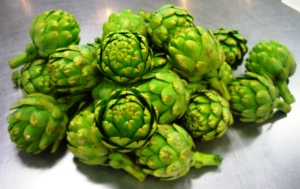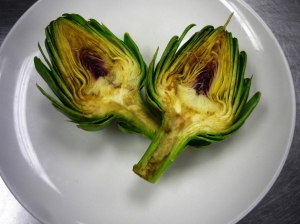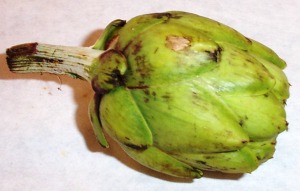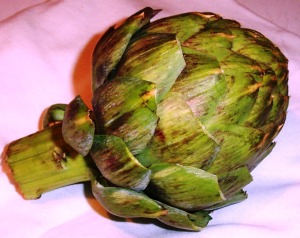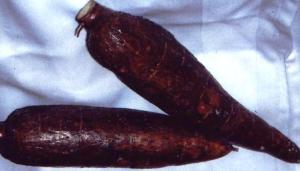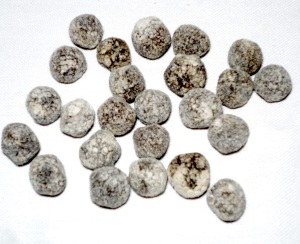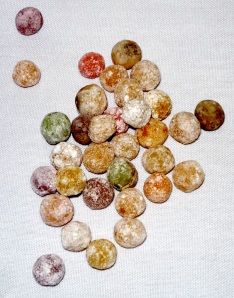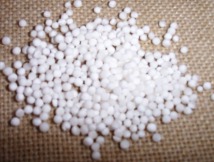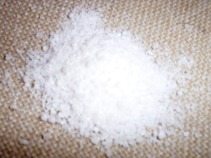Winter Squash
Winter squash is a fruit of an annual garden plant related to the melon and cucumber. (Family cucurbitaceae). It has long stems and broad leaves. The flowers from the plants are also edible- usually stuffed. It has an origin of possibly Mexico or Guatemala. It has been cultivated for over 10,000 years.
As opposed to summer squashes, winter squashes have hard, inedible shells. The inside of the squash has a hollow core with fully developed seeds that are encased in a stringy membrane. The seeds have a hard shell. The seeds are also edible, and are usually roasted first. The color of the flesh usually is a tone of yellow or orange. The flesh is denser and tightly compacted. It is usually sweeter and more strongly flavored than the summer squashes. When ripe, the squash lose their luster.
Winter squash usually comes into season in October, and lasts until March. Only harvest when it is fully ripe. It cannot be served raw. When cooked, it has creamy texture. Winter squashes can be steamed, boiled, roasted, pureed, mashed, turned into soup- and the pureed flesh can be used in sweet preparations as well.
Winter squashes can be stored for 6 months. It is not recommended to refrigerate the squash. As the fruit ages after picked, the flesh becomes more fibrous, and less dense.
Winter squash are a good source of potassium, vitamins A and C, folic acid, pantothenic acid, and copper.
Flavors for Winter Squash
Bacon
Brown sugar
Butter
Cheese, esp. Parmesan
Chiles
Cinnamon
Cream
Garlic
Ginger
Honey
Leeks
Maple syrup
Mint
Nutmeg
Nuts
Olive oil
Onions
Oranges
Parsley, esp. Italian
Pineapples
Potatoes
Raisins
Sage
Sherry
Thyme
Truffles
Vanilla
White Pepper
White Wine
Winter Squash Varieties
Acorn squash – Somewhat oval in shape with a pointed end. They are ribbed, and range in color. Most common it has dark green skin, with orange streaks, but also there are white, yellow, yellow with green spots, and multicolored. These are popular because of their small size–one squash can be cut in half and baked to make two generous servings. The biggest drawback to this variety is that the rind is quite hard, and therefore difficult to cut.
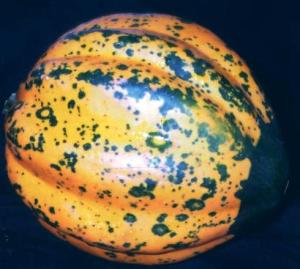
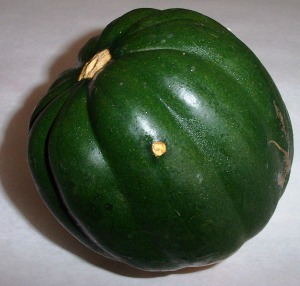
Autumn squash– A squash similar to pumpkin, and very popular in Europe. It soft, spongy and looks like it has been flattened slightly.
Banana squash – A ribbed yellow squash, similar in shape to a football. This variety is so large that grocers usually cut into smaller chunks before putting it out. It’s tasty, but its biggest virtue is the beautiful golden color of its flesh.
Buttercup squash– A flattened oval squash that is bluish-gray in color, and green overtones. With sweet and creamy orange flesh, the buttercup is one of the more highly regarded winter squashes. It has a flavor similar to sweet potato. The biggest shortcoming is that it tends to be a bit dry. Choose specimens that are heavy for their size.
Butternut squash – A long bulbous shaped squash with pale orange skin. This variety is very popular because it’s so easy to use. It has light orange flesh, and a buttery flavor.
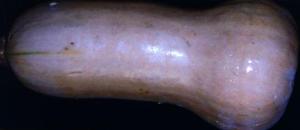
Calabash
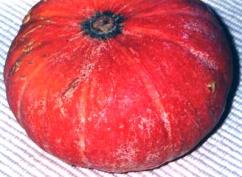
Calabaza– Also called green pumpkin, West Indian pumpkin, Cuban squash, toadback, Jamaican pumpkin, crapaudback, ahuyama, zapallo, abóbora, or giraumon. These are popular in Hispanic countries and throughout the Caribbean. They’re large, so markets often cut them up before selling them.

Cushaw– A bulbous squash that has bumpy, light green skin streaked with creamy white flesh.
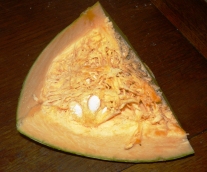
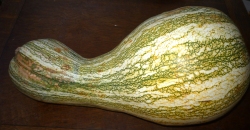
Delicata squash– Also called sweet potato squash, or Bohemian squash. A long, cylindrical pale yellow squash with orange ribs. This is one of the tastier winter squashes, with creamy pulp that tastes a bit like sweet potatoes. Choose squash that are heavy for their size.
Emkwana- These squash look like little tops. Green and yellow skin.
Golden nugget squash– Also called Oriental pumpkin, or gold nugget squash. A small pumpkin shaped squash with bright orange skin. This has a pleasant flavor, but it doesn’t have as much flesh as other squashes and the heavy rind makes it hard to cut before cooking.

Hubbard squash– A large squash with bumpy skin. Color ranges from pale green to deep orange. This variety has tasty flesh, but it’s too large for many families to hand and the rind is hard to cut though. Some grocers cut them into smaller pieces before putting them out. Yellow and orange varieties have grainy flesh.
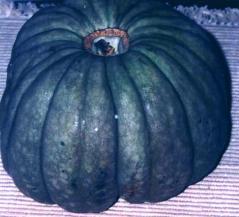
Kabocha squash – Also known as Japanese squash, Japanese pumpkin, nam gwa, sweet mama, or kabachi. This orange-fleshed winter squash has a dark green rind with light green streaks. It’s sweeter, drier, and less fibrous than other winter squash, and it tastes a bit like sweet potatoes.
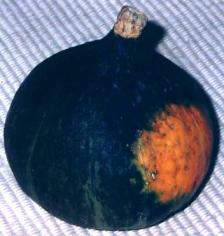
Mammoth squash– A pumpkin shaped squash that has large ribs. It ranges in color from white, to dark green, grayish green, blue green, or orange. This variety can grow quite large. The ribs are often streaked with color.
Pumpkin- For cooking, use the small sugar pumpkin or pie pumpkin for cooking and baking. The larger jack o’lantern pumpkin is too watery. A pumpkin is a large and round squash with deep orange skin, and ribs. Some varieties look flattened.

Spaghetti squash– Also called calabash, or vegetable spaghetti. Shaped like a fat oval with creamy yellow skin. After it’s cooked, you can dig a fork into the flesh of a spaghetti squash and fluff it up like spaghetti. Though they taste like squash, the “noodles” can serve as a low-calorie substitute for pasta.
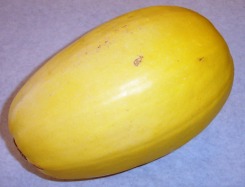
Sweet Dumpling squash- A small round yellow squash with green ribs. Sweet dumpling squash are fairly small, so you can cut them in half, bake them, and serve each half as an individual portion. The flesh is sweeter and drier than that of other winter squash, and the peel is soft enough to be eaten.
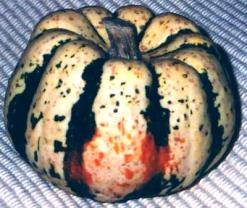
Turban squash– This squash resembles a turban. The top half looks like half a pumpkin that is cut in half. The bottom half has several small bulbous rounds hooked together. The squash is orange with green and white streaks. This squash has a gorgeous rind, but ho-hum flavor. It makes a good centerpiece, or you can hollow it out and use it as a spectacular soup tureen.
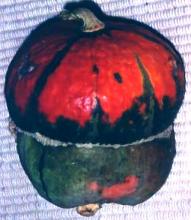
Winter Carnival Squash

Let’s Give Thanks
“For each new morning with its light, For rest and shelter of the night, For health and food, for love and friends, For everything Thy goodness sends.”
— Ralph Waldo Emerson
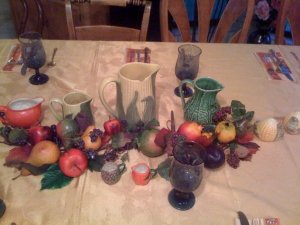
NiNi’s Squash Pie
-makes 1- 9”pie
1 ¾ cups cooked, mashed and strained/ riced Cushaw Squash flesh
1 tsp. iodized salt
1 ½ cups whole milk
3 eggs
1 cup sugar
1 tsp. ground cinnamon
½ tsp. ground nutmeg
½ tsp. ginger
1 tbsp. melted butter
1 9” pie crust for bottom crust only, rolled to 1/8” thick and pressed into pie pan (raw dough)
- Preheat hoven to 425°F.
- Beat together using an electric beater the squash flesh, salt, milk, eggs, sugar, cinnamon, nutmeg, ginger and butter until smooth.
- Press pie dough into prepared pan and flute the edges
- Pour the custard mixture into to pie dough lined pan.
- Bake at 425°F for approximately 45-55 minutes until a toothpick or knife inserted into the set comes out clean.
- If may still look loose- but will set up firm once cooled.
- Best served at room temperature with sweetened whipped cream.
Originally Published 11-23-11
© 2011 Chef Jennifer M. Denlinger All rights reserved
Please contact me for permission to use or reference this work.
Please contact me if you wish to receive “Food For Thought” in your mailbox.

